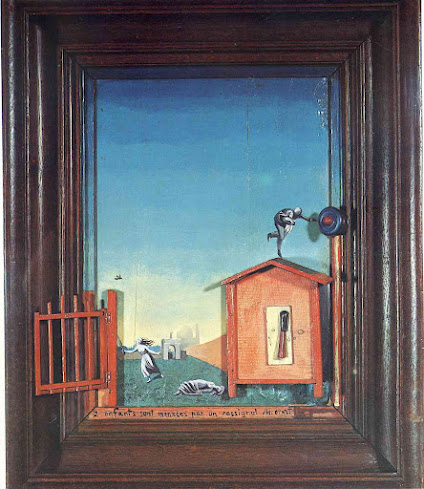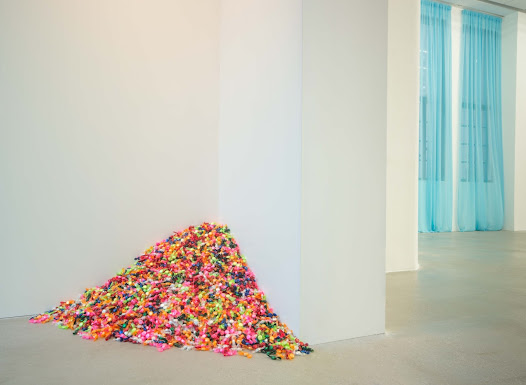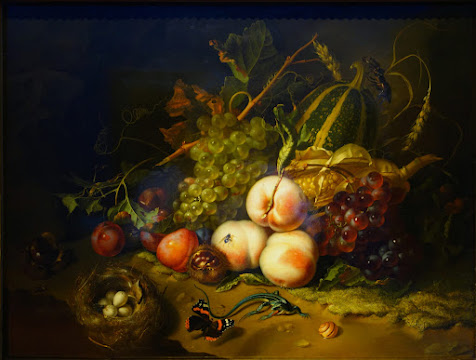Early Modern Exhibit
The artwork pictured below is Hochfinanz (High Finance) by Hannah Höch. Medium: collage. This work measures 36 x 31 cm and was completed in 1923. This work was made in Berlin and it is currently housed at the Galerie Berinson in Berlin.
As WW1 became the deadliest war known at the time, much of this had to do with the new weapons used and created. The weapons manufacturers profited greatly from the war, and the destruction it caused did not go unnoticed by artists. In this collage, we see weapons of mass destruction, along with two oversized heads on male figures. It is believed that Höch chose these men to signify their role as bankers invested in the mass production of war technology. The overall tone of the collage is intimidating. The figures with large heads makes them seem important. In addition, the colors used throughout the collage are very dull and almost looks as if I was seeing through a dust cloud. Knowing the dirty conditions the soldiers during war had to live through, it seems very fitting. I think this is a very provocative piece of art that would have been an especially important conversation piece during the years after the war. I think the history behind the work makes it an important addition to a museum. However, I myself would not be interested in owning a copy of the work.
WW1 had devastating casualties as well as injuries. Above we see Dix's depiction of soldiers returning from war, injured. Dix does a great job at creating empathy for these men, without necessarily showing them as heroes. We are being shown a ragged, down and out version of the soldiers. We see the horrors of the war without being shown the war at all and the lifelong effects it will have on these men. The backdrop of the setting is quite ironic. Behind the four men is a shoe store. Of the 4 men, there are only 3 feet between them. This was a very clever, emotionally evoking choice by the artist. The color also creates a gloomy sense for the viewer. Like the other two pieces, this work has strong ties to a huge historical event and therefore would be a great addition to a museum. I would love to see this piece myself, but would not be interested in owning a copy of it.
Bibliography
Dr. Beth Harris and Dr. Steven Zucker, "Max Ernst, Two Children Are Threatened by a Nightingale," in Smarthistory, April 6, 2021, accessed April 4, 2024, https://smarthistory.org/ernst-two-children-threatened-nightingale/.
Dr. Charles Cramer and Dr. Kim Grant, "Dada Politics," in Smarthistory, March 24, 2020, accessed April 4, 2024, https://smarthistory.org/dada-politics/.
Dr. Stephanie Chadwick, "Introduction to Dada," in Smarthistory, September 4, 2017, accessed April 4, 2024, https://smarthistory.org/introduction-to-dada/.
Mientkiewicz, Jason, "Max Ernst," The Modern Art Index Project (October 2021), Leonard A. Lauder Research Center for Modern Art, The Metropolitan Museum of Art. https://doi.org/10.57011/ATEP5653.






Hi Lauren! Great post and selection of works! I really how like the Dada art style has commentary that is opposed to the institution of war. All these pieces relate to the negative consequences of war, such as the people directly affected by it, or how some may even profit from it. One thing that stands out to me within the Dada art style is how shapes and abstractions are used. One additional note: Dadaism also included many literary works that also kept similar themes like challenging traditional art?
ReplyDelete